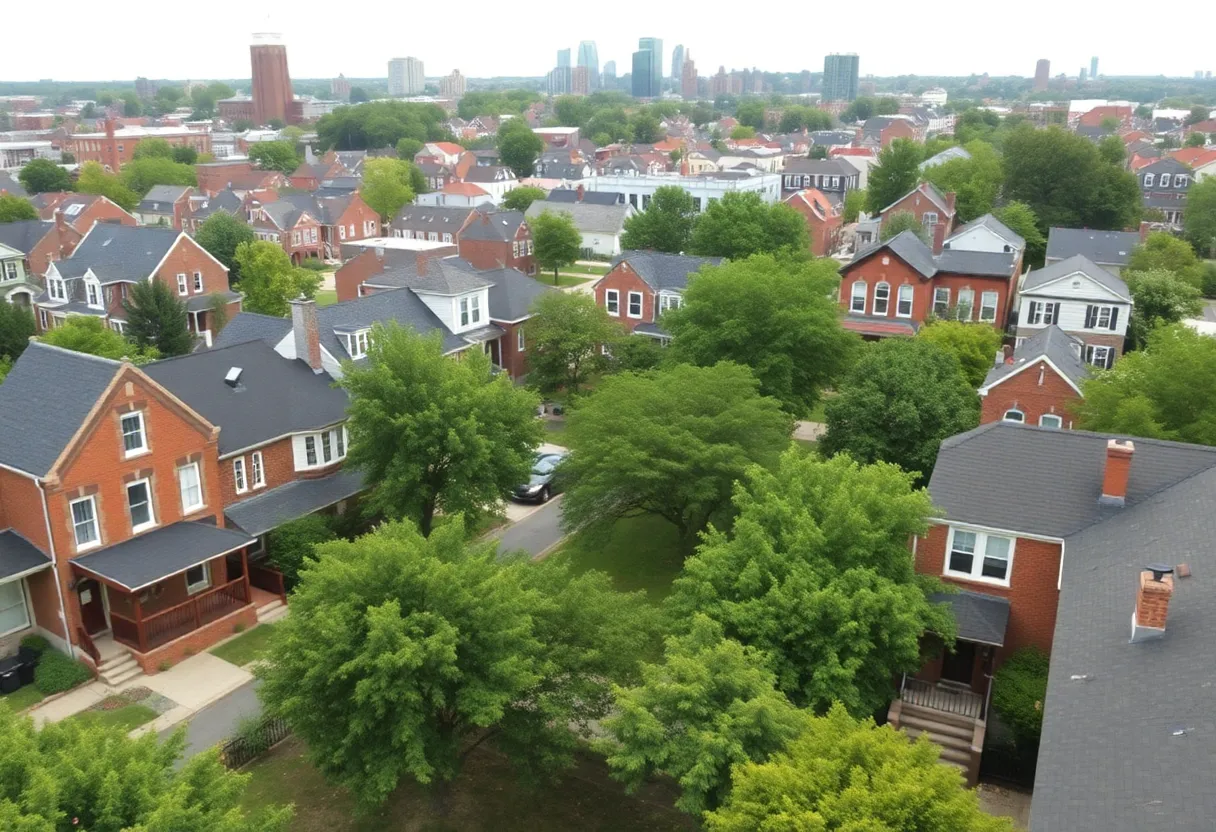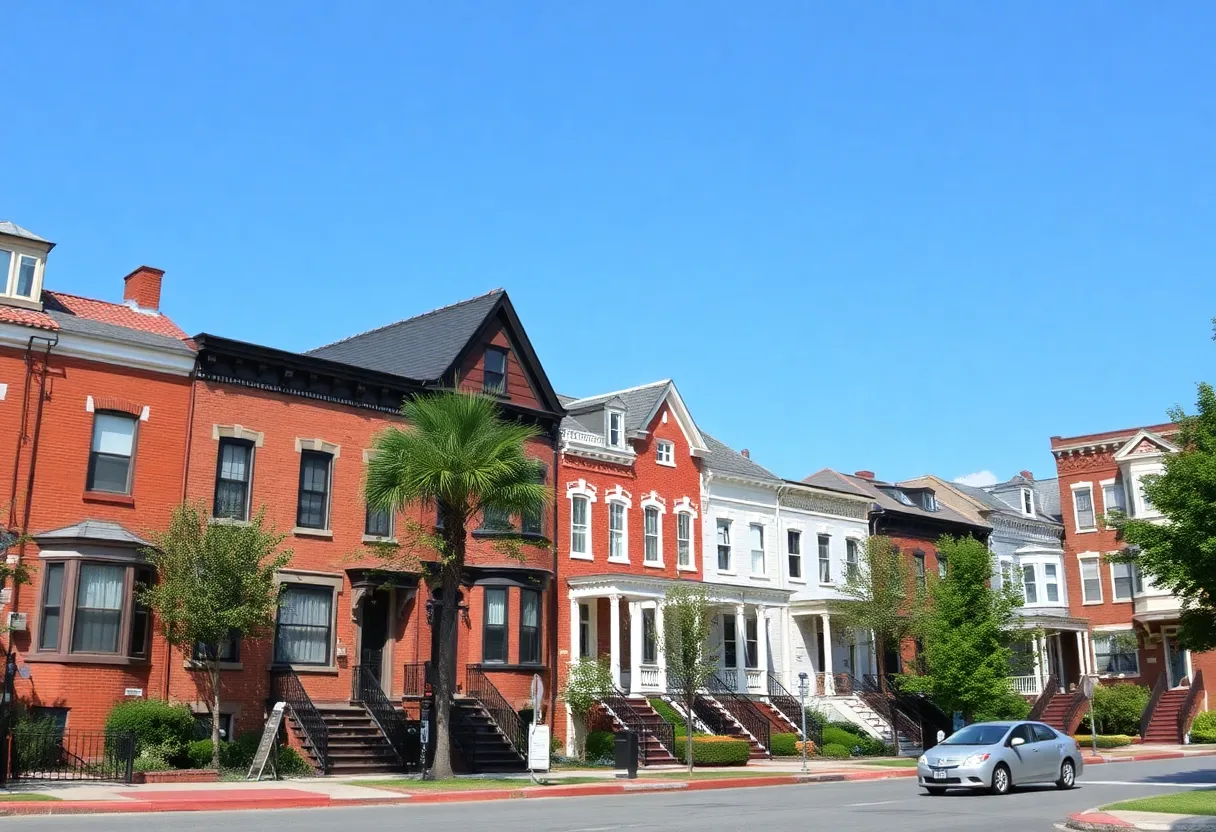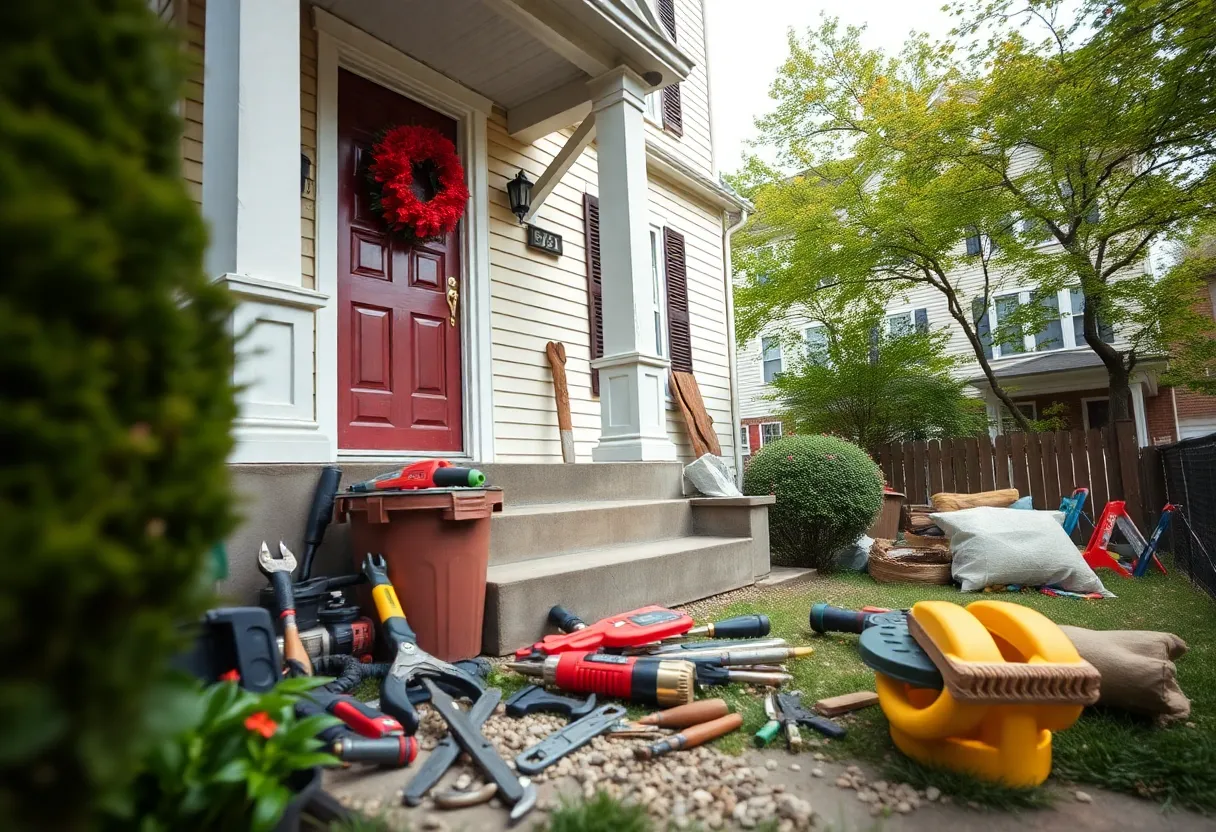10 Essential Must-Know Tips for Evaluating Neighborhoods Before Buying Your First Home
Purchasing your first home is a significant milestone that involves careful consideration of various factors beyond just the property itself. Evaluating a neighborhood ensures that your new living environment aligns with your lifestyle, financial comfort, and future plans. This comprehensive guide outlines 10 critical tips to help you make informed decisions, avoiding pitfalls and ensuring long-term satisfaction.
1. Analyze Crime Rates and Safety Metrics
Understanding Local Safety
The safety of a neighborhood is paramount. Prioritize reviewing crime statistics for violent crimes, theft, vandalism, and other incidents. Many local law enforcement agencies publish publicly accessible data, providing a clear picture of safety levels.
Visit the neighborhood at different times—day and night—to observe activity patterns and security conditions. Engage with residents or local business owners to gather anecdotal insights. Remember that the presence of active police patrols, well-lit streets, and security measures correlates with safer environments.
2. Assess Schools and Educational Opportunities
Impact on Families and Property Value
Even if you do not have children, strong educational institutions influence neighborhood desirability and property values. Investigate nearby public and private schools using official school district reports or independent school ratings.
High-quality schools attract families, which can bolster community stability and increase property demand. Proximity to reputable schools enhances resale value and may qualify the property for educational grants or special zoning considerations.
3. Examine the Local Economy and Employment Opportunities
Economic Stability and Job Access
A neighborhood with robust employment opportunities indicates economic vitality. Check regional employment rates, major employers, and industry presence to gauge economic health.
If your profession relies on proximity to certain industries, ensure these areas are accessible. A thriving local economy often translates into better infrastructure, services, and property appreciation.
4. Evaluate Transportation and Commute Times
Accessibility and Transit Options
Assess public transportation networks, major highways, and commute distances to your workplace, schools, healthcare facilities, and amenities. An ideal neighborhood offers efficient transit options or is within a reasonable drive time to critical destinations.
Long commutes can significantly impact quality of life and daily expenses. Neighborhoods with accessible transportation tend to experience higher demand and property appreciation.
5. Investigate Local Amenities and Services
Quality of Life Enhancers
Evaluate the availability of essential amenities such as grocery stores, healthcare clinics, pharmacies, and emergency services. Additionally, check for recreational options including parks, gyms, restaurants, and cultural venues.
Proximity to such amenities enhances daily life convenience. Moreover, well-equipped neighborhoods often demonstrate commitment to community well-being and positively influence property values.
6. Observe Neighborhood Demographics and Community Dynamics
Community Composition and Lifestyle Compatibility
Understanding the demographics—age groups, household types, cultural diversity—helps determine whether the neighborhood fits your lifestyle and future plans.
Attend local events or visit community centers to gauge social cohesion and resident engagement. A vibrant, inclusive community fosters a sense of belonging, which can impact your long-term happiness and neighborhood stability.
7. Review Zoning Laws and Future Development Plans
Understanding Regulatory Frameworks
Research local zoning regulations to comprehend what types of developments are permitted. Unrestricted or poorly planned development can lead to unwanted construction, noise, or population changes that affect property values.
Consult city planning departments for upcoming projects, infrastructure improvements, or policy changes. Knowledge of future developments allows you to anticipate potential changes in neighborhood dynamics.
8. Assess Infrastructure Quality and Maintenance
Roads, Utilities, and Public Works
Evaluate the quality of streets, sidewalks, drainage systems, and public lighting. Well-maintained infrastructure indicates effective governance and dedication to community standards.
Consider the reliability of utilities such as water, electricity, and internet services. Frequent outages or poor connectivity can diminish quality of life and signal underlying management issues.
9. Understand Property Value Trends and Market Stability
Historical and Projected Appreciation
Review recent property sale prices and market trends within the neighborhood. Consistent appreciation indicates stability and desirability.
Avoid areas with declining property values unless you plan significant renovations or see other value propositions. Look for signs of market resilience and consistent demand.
10. Consider Environmental Factors and Natural Risks
Climate, Pollution, and Natural Disasters
Assess environmental conditions such as air and water quality, local pollution sources, and exposure to natural hazards like flooding, earthquakes, or hurricanes.
Consult flood zone maps, weather patterns, or environmental reports. A neighborhood prone to natural calamities may require additional mitigation measures, which can influence insurance costs and safety.
Conclusion
Choosing the right neighborhood involves more than evaluating property features. Thorough investigation of safety, amenities, economic vitality, infrastructure, and environmental risks provides a comprehensive view to inform your investment.
Prioritize data-driven decisions, and avoid relying solely on surface impressions. Understanding these key aspects ensures your first home purchase aligns with your long-term financial and lifestyle goals, resulting in satisfaction and stability.
Author: STAFF HERE BALTIMORE WRITER
The BALTIMORE STAFF WRITER represents the experienced team at HEREBaltimore.com, your go-to source for actionable local news and information in Baltimore, Baltimore County, and beyond. Specializing in "news you can use," we cover essential topics like product reviews for personal and business needs, local business directories, politics, real estate trends, neighborhood insights, and state news affecting the area—with deep expertise drawn from years of dedicated reporting and strong community input, including local press releases and business updates. We deliver top reporting on high-value events such as the Baltimore Book Festival, Preakness Stakes, and Artscape. Our coverage extends to key organizations like the Baltimore Chamber of Commerce and Visit Baltimore, plus leading businesses in shipping and healthcare that power the local economy such as the Port of Baltimore and Johns Hopkins Medicine. As part of the broader HERE network, we provide comprehensive, credible insights into Maryland's dynamic landscape.





